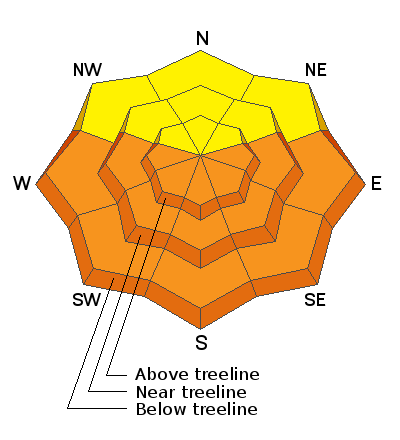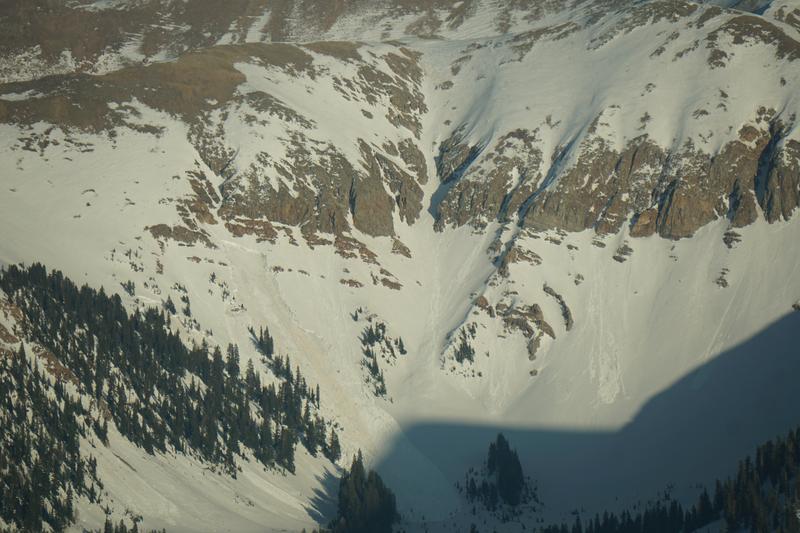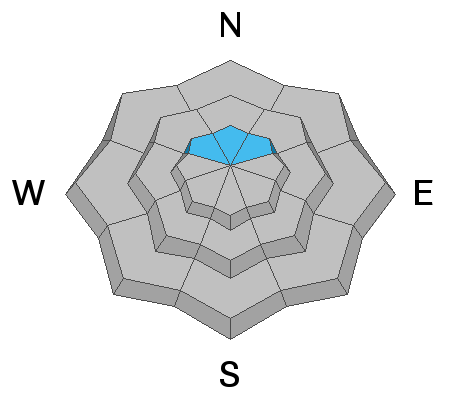Forecast for the Moab Area Mountains

Issued by Eric Trenbeath on
Tuesday morning, April 6, 2021
Tuesday morning, April 6, 2021
Temps did drop below freezing last night but several days of extreme heat have saturated and weakened the snowpack. As the day heats up the danger for loose wet and wet slab avalanches will again rise to CONSIDERABLE. Thin shallow rocky areas and terrain under cliffs should be avoided. Water is moving through the snowpack, and slopes do not have to be in the sun to be dangerous. Signs of instability include rollerballs, pinwheels, and punchy or sloppy unsupportable snow. Stay off of and out from under steep slopes as they become wet and sloppy.
A very isolated or MODERATE avalanche danger exists on very steep slopes above treeline that face NW-N-NE where stiff slabs overlying weak, faceted snow may still be found. Recent warm temperatures may increase the likelihood of triggering an avalanche on this weak, faceted snow. Shallow snowpack areas with steep convexities and rocky, more radical terrain are where you are most likely to trigger an avalanche.

Low
Moderate
Considerable
High
Extreme
Learn how to read the forecast here









